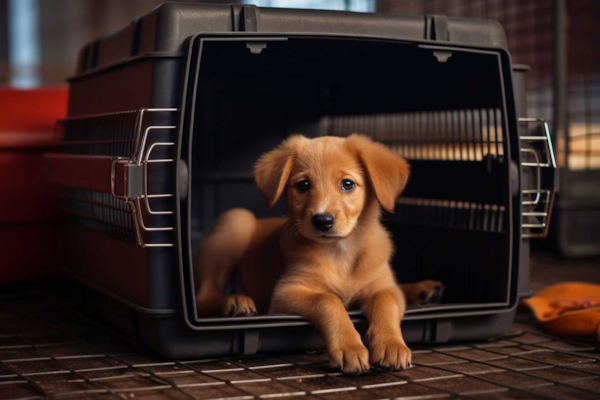
Crate training is like giving your puppy their own cozy bedroom. It's a snug and safe space where they can relax, unwind, and feel utterly secure. Imagine a place where your little furball can escape the hustle and bustle of daily life, a personal haven where they can enjoy some quiet time.
It’s not a punishment, far from it. It's a step towards instilling discipline, ensuring their safety, and preventing any destructive behavior. It's about providing a structured environment where your puppy learns the boundaries and rules of the home, all while feeling loved and protected. It's a journey, a partnership between you and your puppy, filled with moments of learning, love, and growth.
Table of Contents
- 1. Choosing the Right Crate
- 2. Setting a Schedule
- Puppy Crate Training Hour-by-Hour Program
- Puppy Crate Training Schedule by Age
- 3. First Night in the Crate
- 4. Feeding Inside the Crate
- 5. Crate Time During the Day
- 6. Dealing with Whining
- 7. Night-Time Crate Training
- Potential Issues and Solutions
- Benefits of Crate Training
- Conclusion
1. Choosing the Right Crate
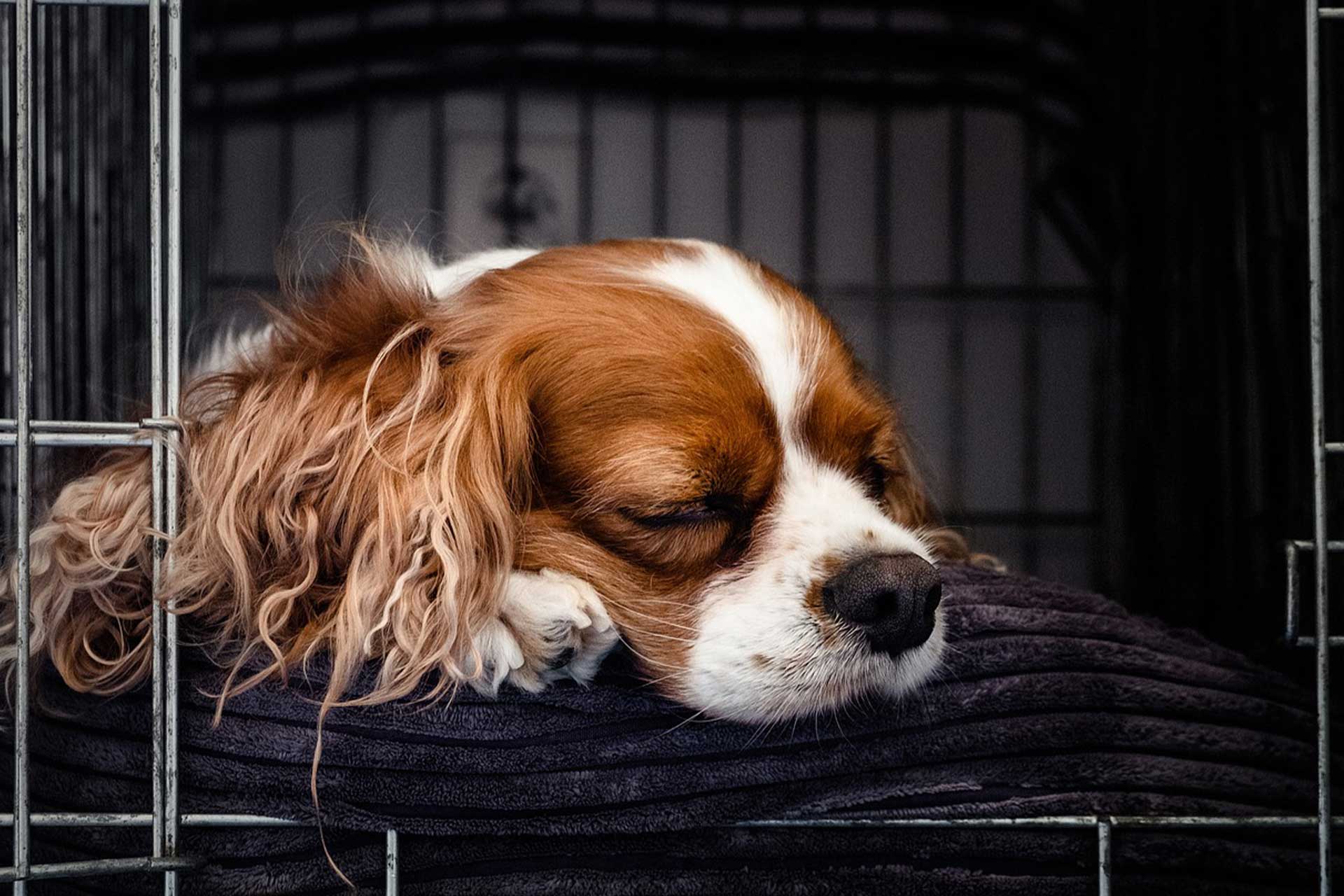 Selecting the right crate is like choosing the perfect bed for yourself. It should be comfortable, adequately sized, and safe. Your puppy should be able to stand, turn around, and lie down comfortably within it. Imagine your little one curling up in their crate, their safe haven, after a day full of play and exploration.
Selecting the right crate is like choosing the perfect bed for yourself. It should be comfortable, adequately sized, and safe. Your puppy should be able to stand, turn around, and lie down comfortably within it. Imagine your little one curling up in their crate, their safe haven, after a day full of play and exploration.
The crate should be their comfort zone, a place where they feel secure and relaxed. It's not just a crate, it's their home within a home, filled with warmth, love, and coziness. It's where they can dream of chasing butterflies in the garden, running across the fields, and playing fetch with you in the park.
2. Setting a Schedule
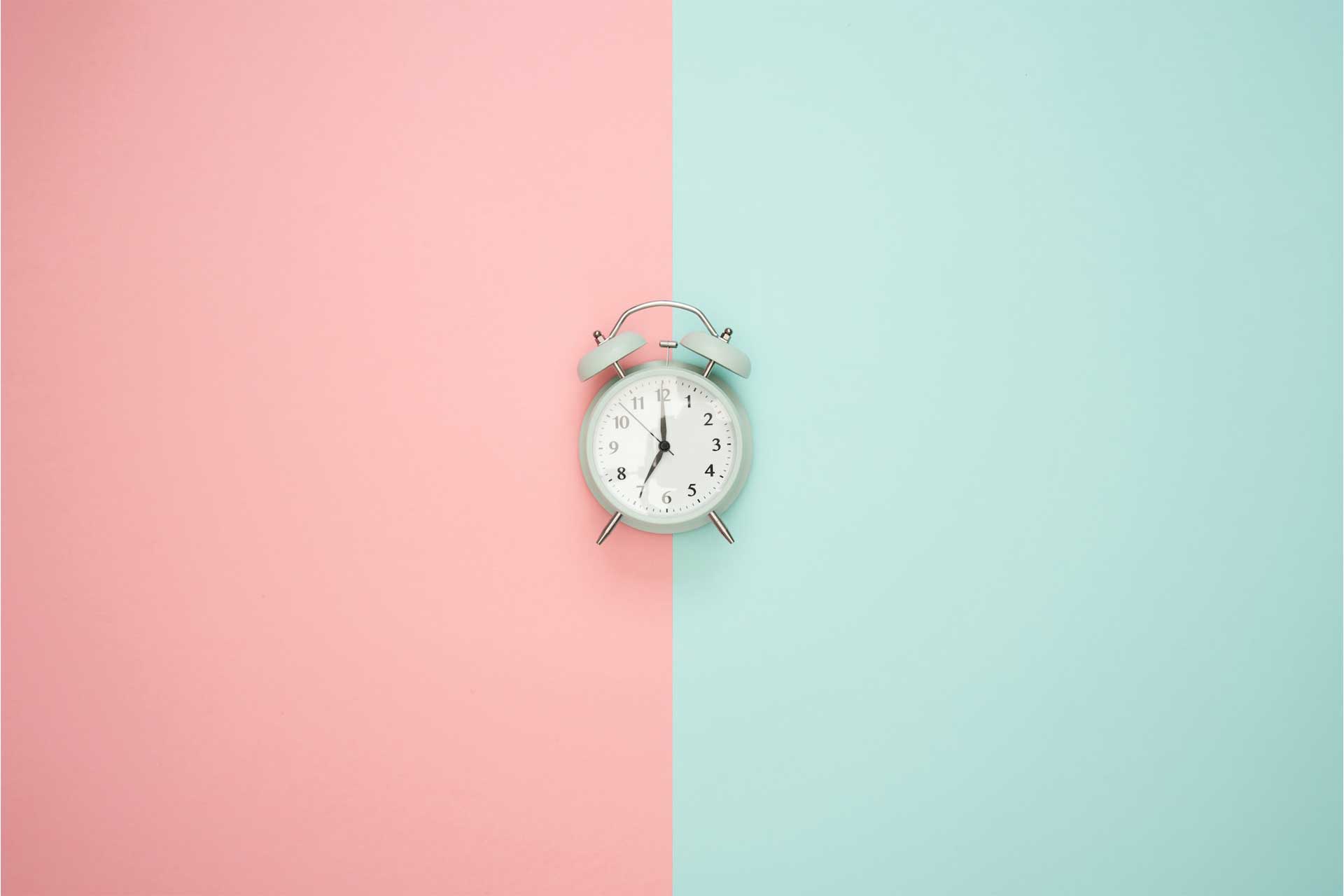 Establishing a consistent puppy crate training schedule is like setting a rhythm to your puppy's day, a harmonious tune that guides their activities, meals, bathroom breaks, playtime, and rest. Puppies, much like us, thrive on routine.
Establishing a consistent puppy crate training schedule is like setting a rhythm to your puppy's day, a harmonious tune that guides their activities, meals, bathroom breaks, playtime, and rest. Puppies, much like us, thrive on routine.
Allocate specific times for meals, bathroom breaks, and playtime, and stick to them as closely as possible. A puppy crate training schedule by age can be particularly helpful in ensuring that the schedule is appropriate for your puppy’s age and development.
Puppy Crate Training Hour-by-Hour Program
Day 1-3: Introduction and Familiarization
Morning (7:00 AM - 8:00 AM):
- Greet your puppy with love and warmth
- Introduce them to their crate. Allow them to explore and sniff around
- Place a soft blanket and a toy inside the crate to create a cozy environment
Mid-Morning (9:00 AM - 10:00 AM):
- Encourage your puppy to enter the crate using gentle words and treats
- Close the crate door for a minute, and then open it, praising them for staying calm
Afternoon (12:00 PM - 1:00 PM):
- Feed your puppy near the crate
- Post meal, encourage them to nap in the crate, staying nearby to offer reassurance
Evening (4:00 PM - 5:00 PM):
- Spend quality playtime with your puppy
- Guide them to the crate for a short relaxation period
Night (8:00 PM - 9:00 PM):
- Place the crate in your bedroom
- Encourage your puppy to sleep in the crate, offering gentle pets and soothing words
Day 4-7: Building Comfort and Confidence
Morning (7:00 AM - 8:00 AM):
- Begin the day with affection and a short crate time while you prepare their meal
- Feed them inside the crate to build a positive association
Mid-Morning (9:00 AM - 10:00 AM):
- Extend the crate time post-meal, staying nearby to offer comfort and assurance
Afternoon (12:00 PM - 1:00 PM):
- Continue the feeding routine in the crate
- Allow them to nap in the crate, extending the time gradually
Evening (4:00 PM - 5:00 PM):
- Engage in playful activities and guide them to the crate for relaxation
Night (8:00 PM - 9:00 PM):
- Ensure the crate is in a quiet and comfortable spot for nighttime
- Offer praise and affection as they settle down for the night in the crate
Day 8-14: Establishing Routine and Independence
Morning (7:00 AM - 8:00 AM):
- Maintain the morning routine of crate time and feeding inside the crate
Mid-Morning (9:00 AM - 10:00 AM):
- Gradually increase the crate time, allowing your puppy to adapt and feel secure
Afternoon (12:00 PM - 1:00 PM):
- Ensure consistency in feeding and napping in the crate
Evening (4:00 PM - 5:00 PM):
- Balance playtime with crate relaxation, ensuring your puppy feels loved and cared for
Night (8:00 PM - 9:00 PM):
- Continue the nighttime routine, offering love and reassurance as they settle in the crate
Puppy Crate Training Schedule by Age
Imagine the journey of growth, akin to a blooming flower. Each petal unfurls at its own pace, revealing the beauty within. Just like each stage of the flower's growth needs specific care and attention, each phase of a puppy's life requires a unique approach to crate training.
8-10 Weeks:
- Introduction to the crate
- Short periods in the crate, gradually increasing the time
Tips: Make the crate comfortable, place it in a high-traffic area, use treats and toys to make a positive association.
10-12 Weeks:
- Building comfort and familiarity with the crate
- Regular short intervals in the crate, especially during nap times
Tips: Be consistent, offer praise, and ensure the puppy has bathroom breaks before and after crate time.
3-6 Months:
- Establishing a routine
- Longer periods in the crate, introduce set crate times during the day
Tips: Be patient, maintain consistency, and ensure the puppy gets ample playtime and exercise
6-12 Months:
- Solidifying the crate routine
- Consistent crate times, overnight crating
Tips: Address any issues or anxiety, and continue to offer praise and positive reinforcement.
1 Year and Above:
- Maintaining the crate as a safe and comfortable space
- Crate time as needed, ensure the dog has freedom and exercise
Tips: Continue to use the crate as a positive space, not for punishment.
Each stage is a step, a gentle leap towards creating a loving and secure bond with the crate. It's about understanding the whispers of growth, the subtle shifts in needs, and ensuring the crate training journey blossoms in harmony with the puppy's age and development.
3. First Night in the Crate 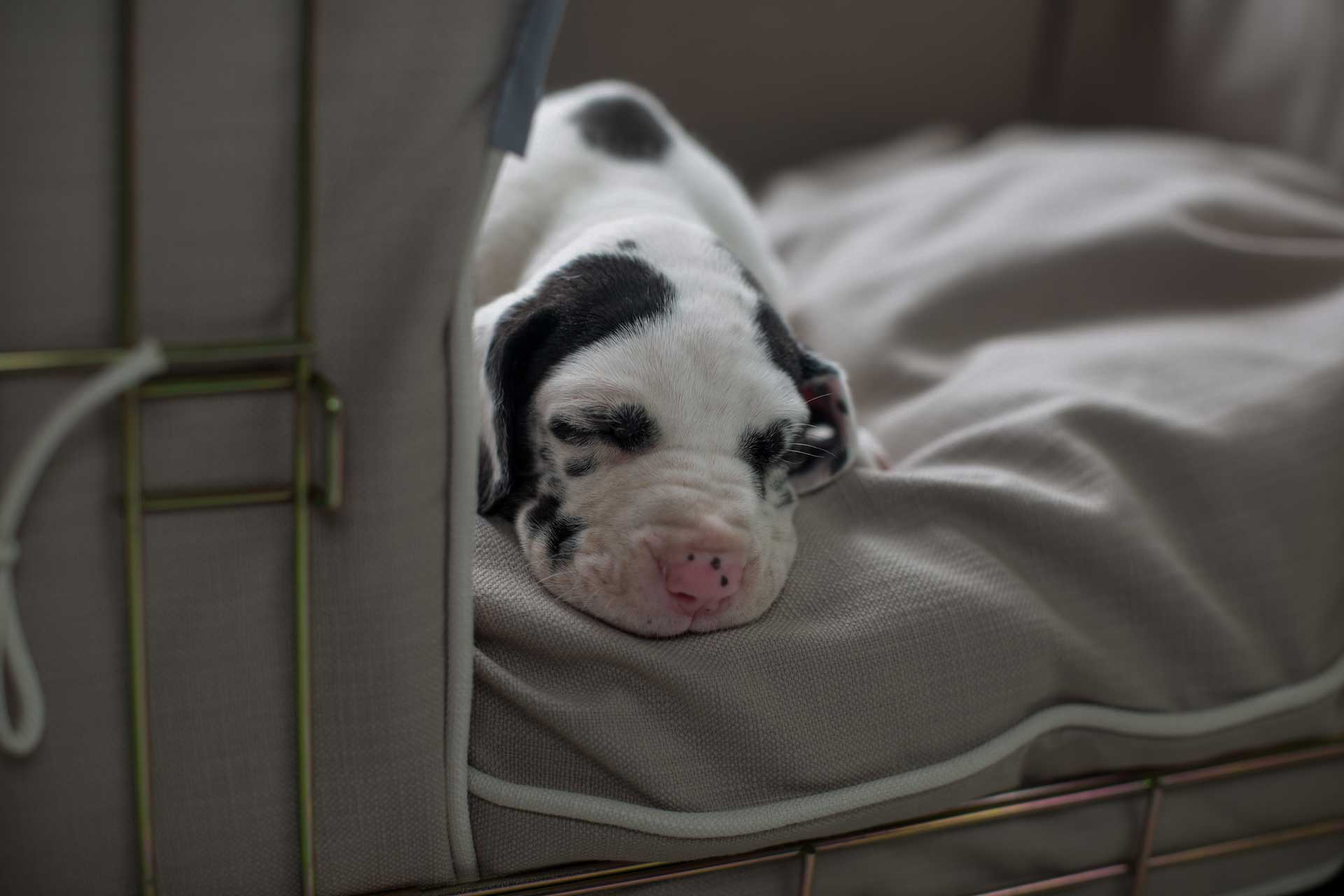
The first night might be challenging. Place the crate in your bedroom to provide comfort and minimize anxiety. Gradually, you can change the crate’s location as your puppy gets accustomed. This transition is crucial for a new puppy crate training schedule. It helps in making the puppy feel secure and loved in their new environment.
RELATED: THE ULTIMATE NEW PUPPY CHECKLIST: EVERYTHING YOU NEED TO KNOW and WHY IS MY DOG SHAKING?
4. Feeding Inside the Crate
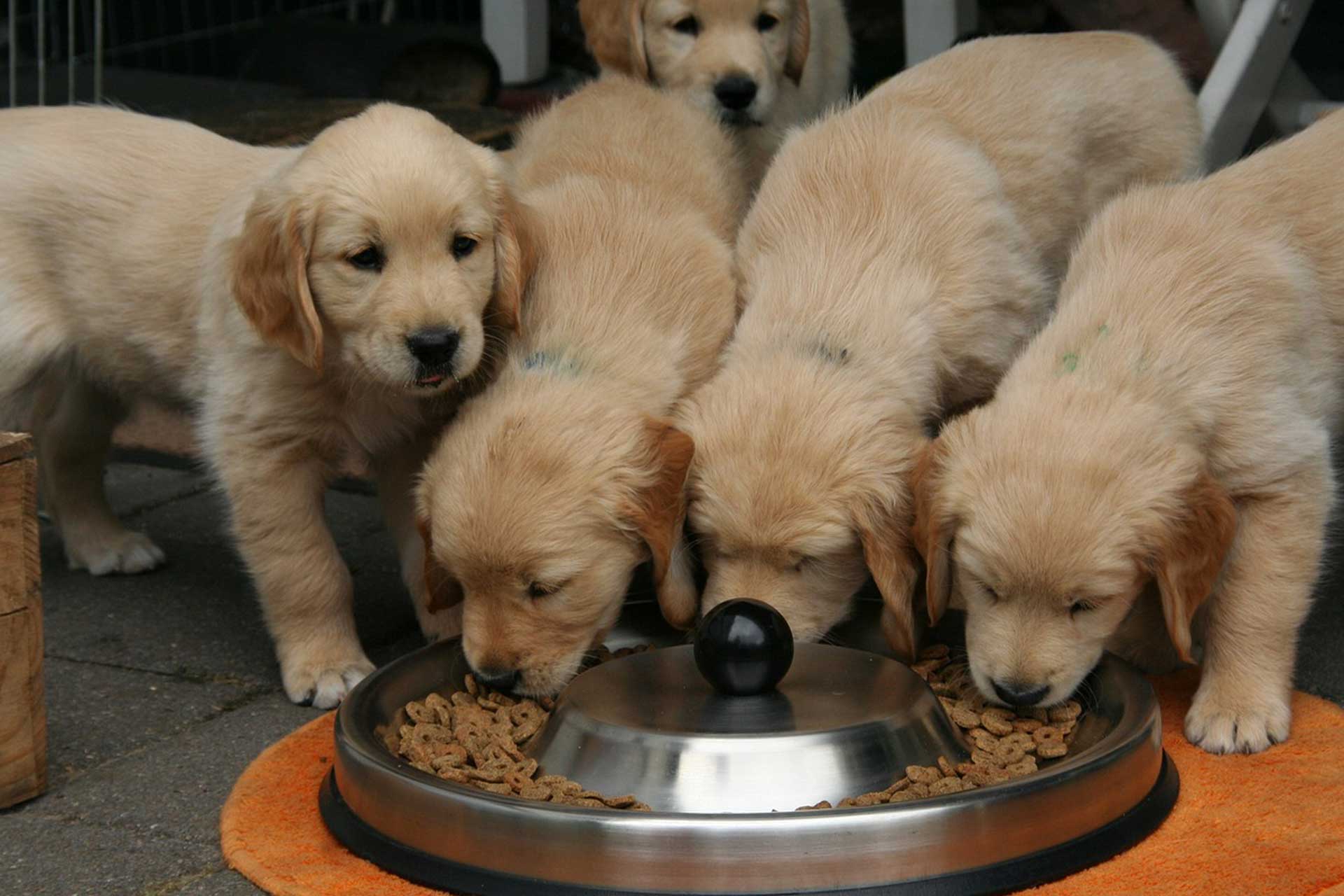
Feed your puppy inside the crate. This practice associates the crate with pleasant experiences, making the puppy more comfortable and happy to be inside. It's a step towards establishing a positive puppy crate time schedule, ensuring that your puppy looks forward to their time in the crate.
RELATED: EASIEST DOG TO TAKE CARE OF: TOP 10 BREEDS FOR A HAPPY HOME
5. Crate Time During the Day
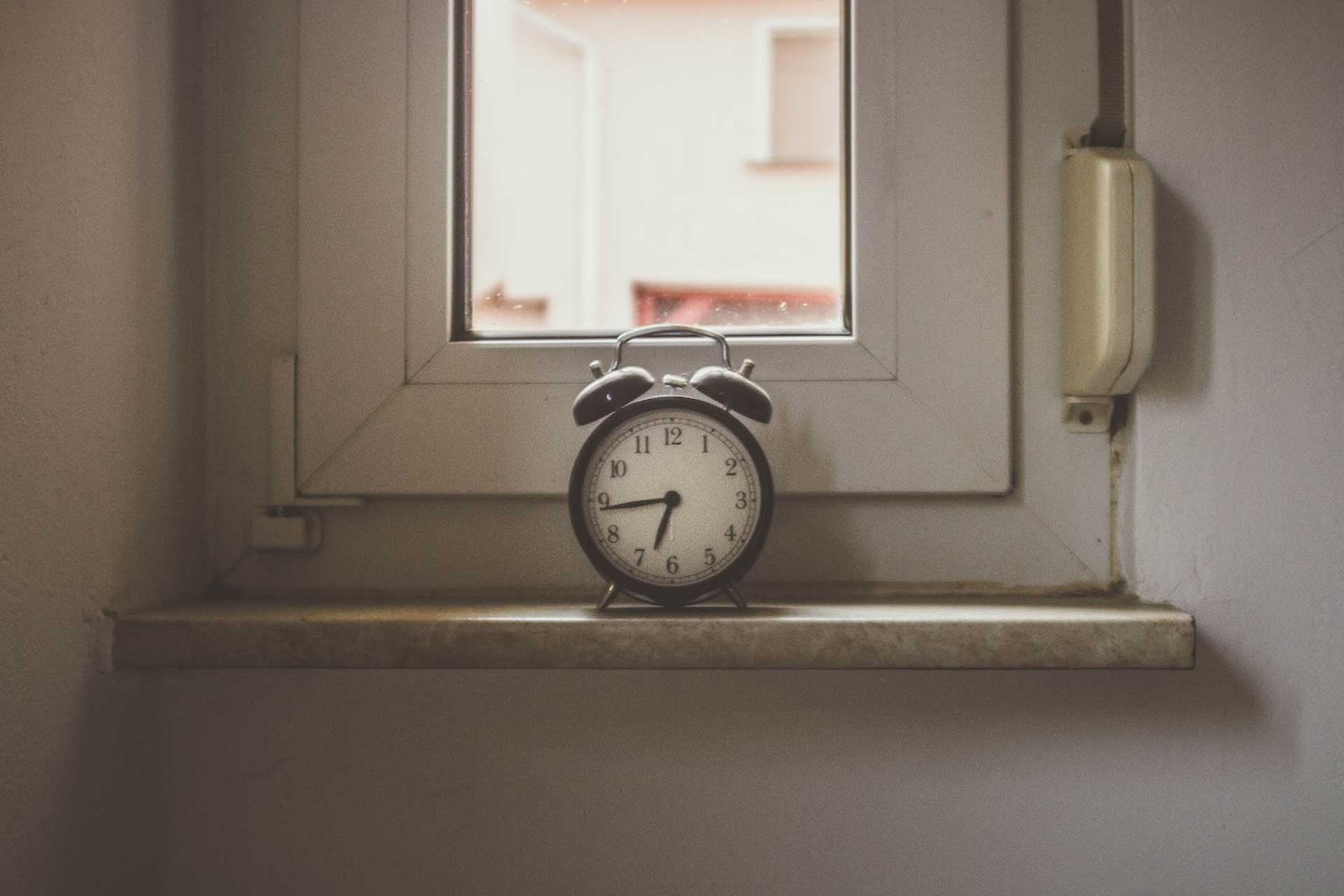
Ensure your puppy spends time in the crate during the day. Start with short periods and gradually increase the duration as they become more comfortable. This puppy crate time schedule helps in acclimatizing your puppy to the crate, ensuring they view it as a safe and comfortable space.
6. Dealing with Whining
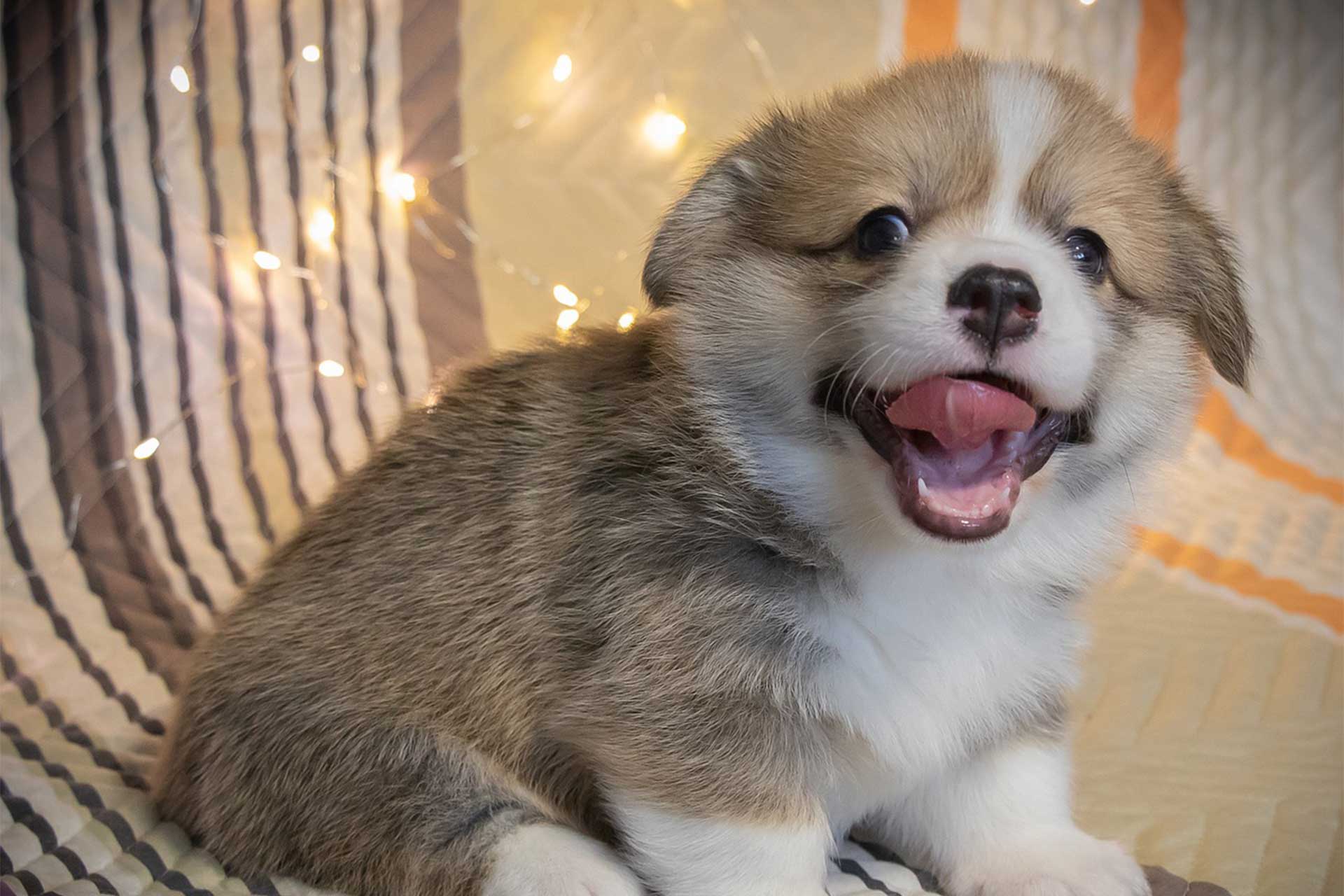
Patience is key here. If you're sure that your puppy doesn’t need to go out, ignore the whining. Don’t let them out until they’re quiet, ensuring they don’t associate whining with getting attention. This is crucial in establishing an effective puppy crate training schedule.
7. Night-Time Crate Training
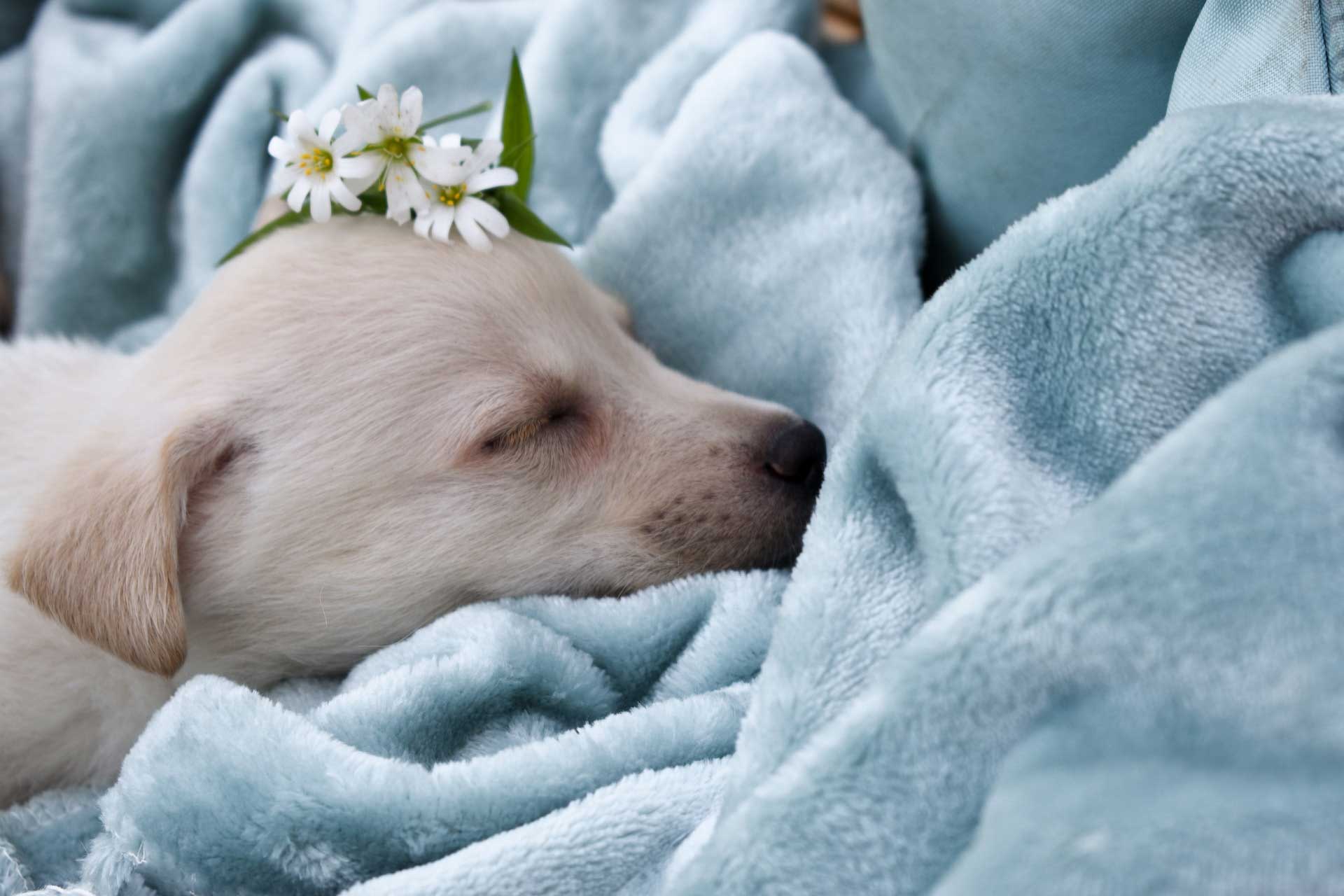
Keep the crate close at night for the first few weeks. This proximity helps the puppy feel secure and allows you to hear if they need a nighttime bathroom break. A puppy crate training schedule night ensures that your puppy sleeps peacefully through the night, minimizing disruptions and ensuring they get adequate rest.
Potential Issues and Solutions
Address any issues promptly. If your puppy is uncomfortable, reassess the crate size, location, and schedule to ensure their comfort and security. Adapting the puppy crate training schedule to suit your puppy’s needs is essential for a successful crate training experience.
RELATED: YOU COULD BE RUINING YOUR DOG'S TRUST WITHOUT REALIZING!
Benefits of Crate Training
Crate training offers numerous benefits including safety, preventing destructive behavior, and aiding in travel and potty training. It's a journey filled with learning, growth, and abundant love, ensuring a happy and healthy relationship between you and your puppy.
RELATED: WHEN CAN PUPPIES GO OUTSIDE?
Conclusion
In conclusion, a consistent and patient approach to a puppy crate training schedule will ensure a happy and healthy relationship between you and your puppy. It's about love, patience, and understanding, ensuring that your puppy feels secure, loved, and comfortable in their crate, setting the foundation for a lifetime of happiness and companionship.
Scroll down to see FAQs about puppy crate training schedules!
What To Read Next
When Can Puppies Go Outside? Let's find out now!
How to Train a Puppy
Frequently Asked Questions
What is the importance of a puppy crate training schedule? A puppy crate training schedule is essential for providing a structured environment for your puppy, ensuring they feel secure, loved, and comfortable in their crate.
How to deal with whining during crate training? Patience is key. Ensure your puppy doesn’t need to go out and ignore the whining, reinforcing the idea that whining doesn’t get them attention.
Can the crate training schedule be adapted for different ages? Absolutely, a puppy crate training schedule by age ensures that the schedule is appropriate for your puppy’s development and needs.
Is feeding inside the crate beneficial? Yes, it associates the crate with positive experiences, making your puppy more comfortable and happy to be inside.
What are the benefits of crate training? Crate training offers numerous benefits including safety, preventing destructive behavior, and aiding in travel and potty training.
How to make the crate comfortable for the puppy? Make the crate cozy with soft bedding and familiar toys. Ensure it's well-ventilated, and place it in a quiet, central location where your puppy can feel part of the family yet have some privacy.
How to handle nighttime crate training? Keep the crate in your bedroom for the first few nights to provide comfort and security to your puppy. Gradually move it to the desired location as your puppy gets accustomed to the crate environment.
What to do if the puppy is not adapting to the crate? Be patient and consistent. Reassess the crate size, location, and schedule. Ensure the crate is a positive and loving environment. Consult a veterinarian or a professional dog trainer for additional guidance and support.




